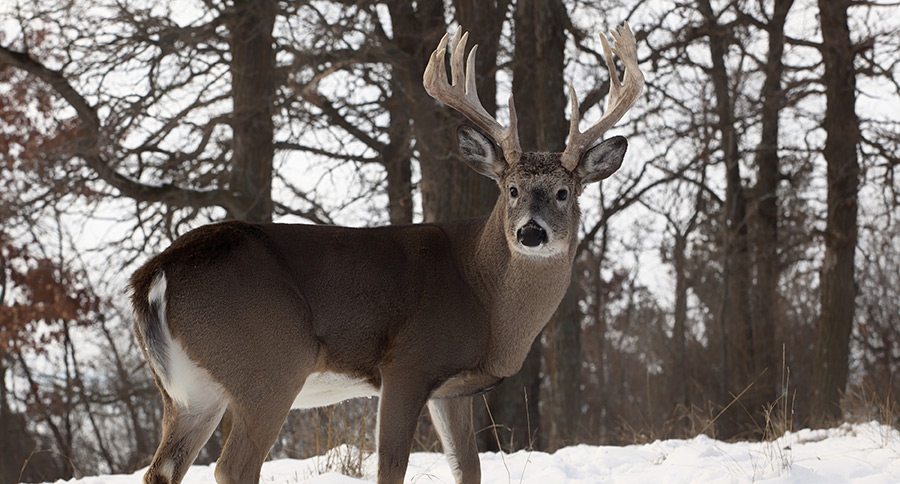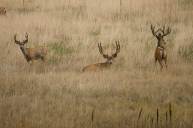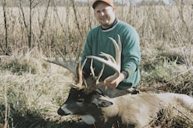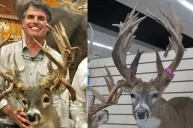If you're trying to beat your personal best, judging whitetail racks before the shot is a crucial skill
In order to escape that pesky ground shrinkage that some hunters suffer from, here are some tips for figuring out just how big that rack really is.
The Body
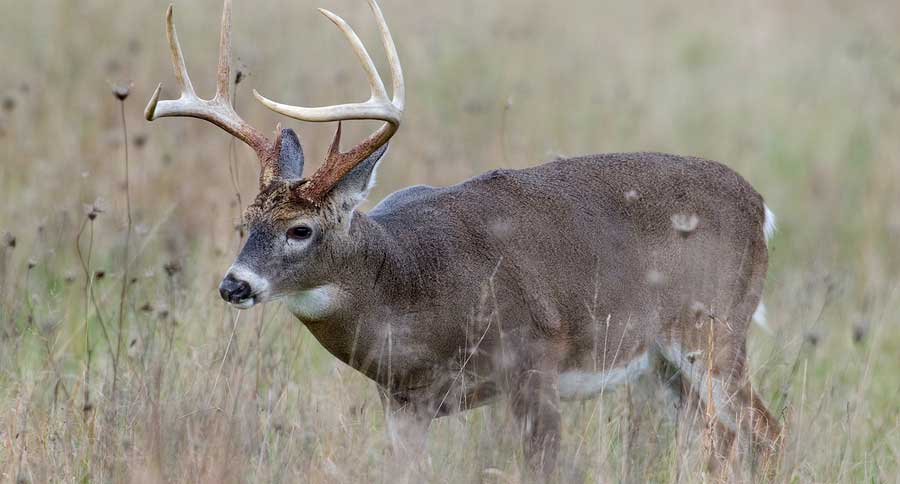
Typically an older buck will have a bigger and more developed rack. A tale tale sign of a mature buck is its body.
Younger deer carry more of their weight in the back as the muscles on their front half have not yet developed. As they age, weight will shift. More muscle definition will show and eventually their shoulders and neck will bulk up.
Ultimately, they will look more balanced.
Tines and Height
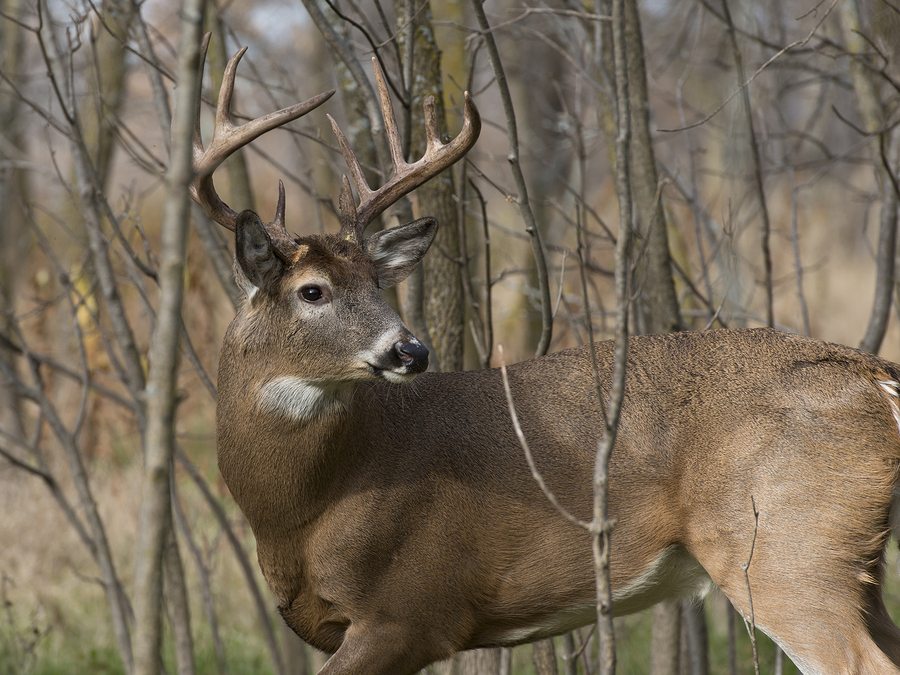
If you get a glimpse of the full rack, go ahead and count the tines. An eight-point buck is a good buck, but rarely a trophy. If there's ten or more points, the odds of it being a trophy in most eyes are higher.
Also, while looking at the tines, take note of the height. You can use an ear as a reference. If brow tines or the upright points compare nicely to the ear length, it is probably a decent deer.
Mass and Brow Tines
Mass is a clear indicator of overall rack size. If the deer is close, look at the base of the antler and imagine the circumference. A large circumference at the base means the rack may be heavier all around.
This is especially true if mass continues up into the brow tines. If there is noticeable mass at the base of those, it could be a trophy buck.
Main Beams and Width
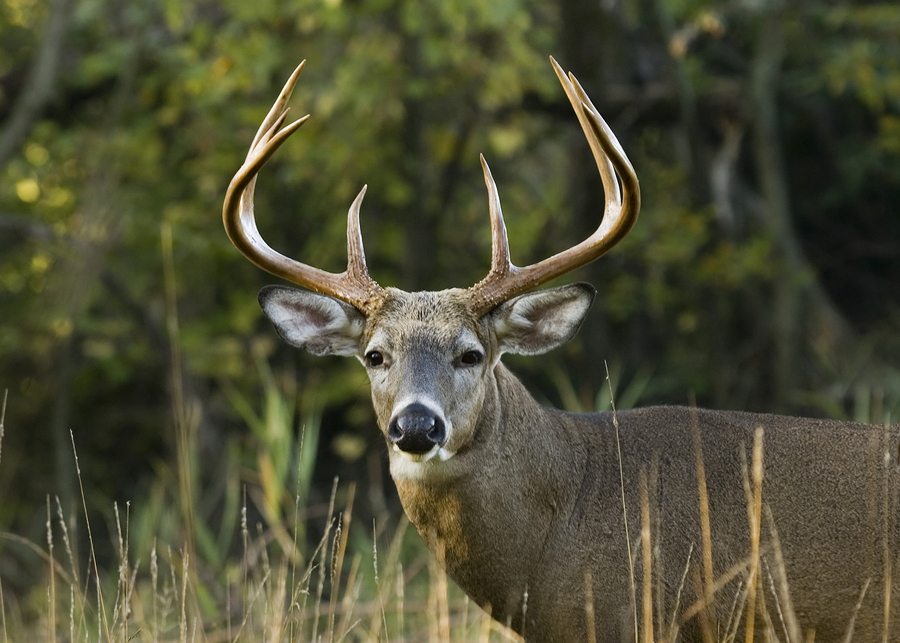
If you've seen a heavy antler base, and tall tines, another good indicator is a solid main beam.
First look for a curve in the beam. Larger bucks will have curved main beams whereas younger ones will be more flat. The width of the rack is another indicator. Again, use the ears. If you see the ears fully outstretched and the rack extends beyond that, it's probably a good deer. If you don't see the deer with outstretched ears, try to visualize what it would look like.
While it is an accomplishment to harvest a buck with a nice rack, remember the hunt is what it's all about. Though "trophies" can differ from one hunter to the next, these tips should give you a good idea of what to look for.
NEXT: THE STORY OF THE MINNESOTA BUCK WITH "DON'T MISS" EAR TAGS
WATCH
https://rumble.com/embed/u7gve.v3tohd/
